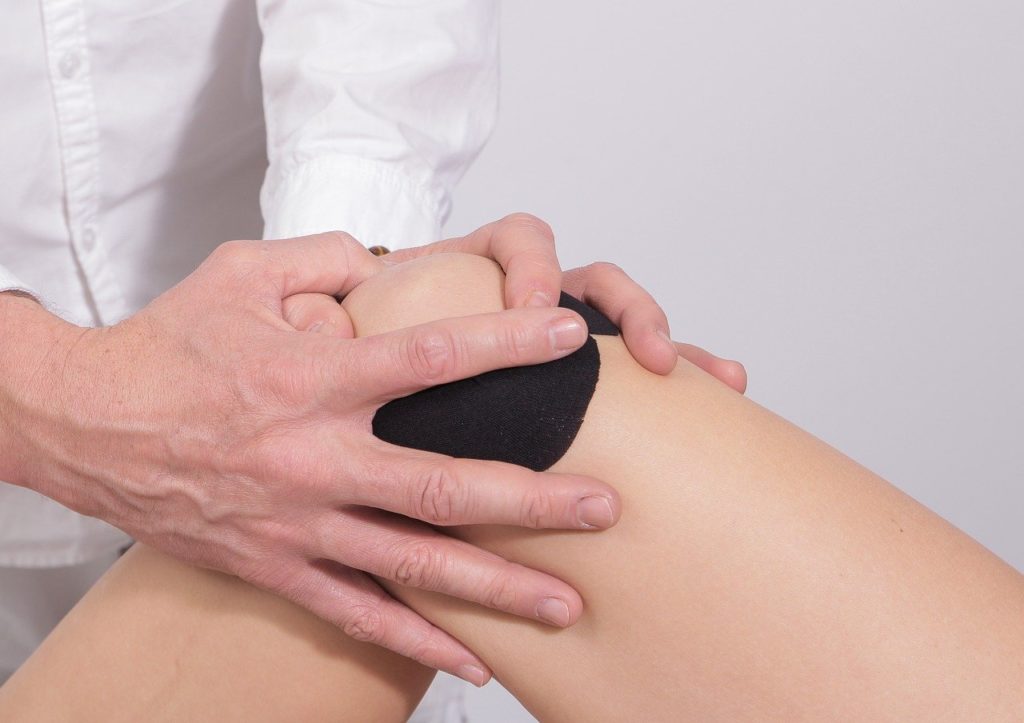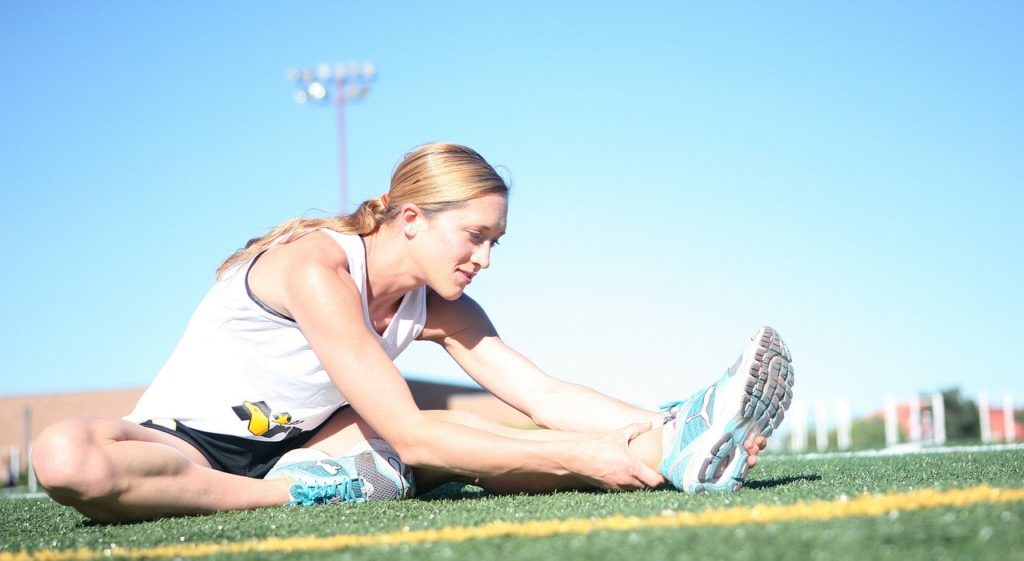Many people are confronted with pain in their knees when they perform certain gestures. Since the knee joints are often stressed, this part of the body may be affected by a more or less serious injury. Unfortunately, this pain leads to a reduction in exercises involving the use of the lower limbs. This only increases the pain, as the knees will lose their tone and strength. So what can you do to prevent your knees from becoming too stiff?
An expert in bodybuilding explains how to deal with knee pain and how to strengthen your knees, so that it doesn't become too disabling. The advice given here does not take precedence over the recommendations of a professional. If you are suffering from knee pain, it is best to consult a physiotherapist or osteopath. They will be able to identify your problem best.
Possible causes of knee pain
Knee pain or gonalgia is a recurring problem that is characterised by difficulty in moving the knee. It is not a disease in itself. It may be a sign of a more serious disease or in more common cases it is just a manifestation of trauma to the body. Indeed, various reasons can produce these pains: infections, injuries, fatigue, etc. The causes and solutions provided here will be strictly articular, muscular and technical.
Articular pain
Joint pain is caused by wear and tear on the knee when a person reaches a certain age. This is because during simple activities such as walking, it is the knees that bear the entire weight of the body. In the long term, this overstrain causes what is known as knee osteoarthritis, or gonarthrose. It occurs most often in older people when going up and down stairs.
Joint pain can also be caused, in rarer cases, by trauma: after an accident, a fall or a forced movement, the knee is sprained or fractured.
Muscular and technical pain
Knee pain can be caused by poorly performed sports activities. Indeed,
the knee can easily become fragile and thus be damaged. In any sport
activity, the instructions or techniques used can sometimes cause pain.
A poor preparation for the effort, an unsuitable execution technique, a
bad placement during a movement, a lack of mobility at the level of the
ankle or the pelvis contribute to the pain.
In addition, excessive sport is dangerous for the knee. During high-level sports and rough activities, the knee is subjected to shocks that lead to muscular injuries at its level. These can manifest as tendonitis or knee ligament injury.
For a better understanding of the pain, these different factors must be taken into account. Indeed, knowing the origin of the pain allows it to be treated with the appropriate exercises. Thus, each person prone to knee pain will have to identify its origin. However, for all the cases presented,validation by a professional is recommended.
Solutions to knee pain
If you are facing knee pain, don't worry! There are various exercises that can be done to treat the problem and strengthen the knees.
Warm-up exercises
Warming up is fundamental to ensure performance and stamina in training. It also limits injuries. For a good warm-up, mobilise your joints with knee rotations, knee bends and extensions or progressive ballistic stretches.
For self-massages, the best alternative is to apply the ball, stick or foam roller on the areas most painful to palpation.
Improve the muscular balance between the quadriceps and the hamstrings
Focus on the weakest muscle by increasing the intensity of exercises on it. Don't forget to focus on the congestion. The exercises performed must be well chosen: lunges, good morning, squats, etc.
Here is an example of an exercise to develop the hamstrings:
- As a warm-up, perform a bodyweight deadlift and a deadlift with bodyweight movements
- Perform a traditional 5-second deadlift 3 times, resting for 3 minutes 3
- Perform a 6 second good morning 3 times, rest 2 minutes
- Perform a static and abdominal curl-up: 4 x 20 seconds + 30 seconds, with a rest of 1 minute 30 seconds
Here is an example of an exercise to develop the quadriceps:
- As a warm-up, perform a sit-up, squat, etc.
- Perform a series of 8 squats of 4 seconds with a rest of 3 minutes
- Perform one set of 10 lunges of 4 seconds per leg, with a rest of 2 minutes
- Perform a set of 5 muscle-ups of your choice
Improve flexibility in the quadriceps, hamstrings or calves
Gaining flexibility is possible at any age. The biggest secret to achieving this is to perform specific stretches every day. This allows the muscles to relax and unwind. An example of a daily exercise is to do 2-3 sets of 30 seconds stretching with deep, slow, gradual breathing, without jerking. The stretching is done with a bearable pain that reduces as the seconds go by.
Correct lack of mobility at the ankle or hip
Posture exercises should be performed to strengthen the joints. It is advisable to perform these exercises in front of a professional to avoid the harm of bad positioning.



